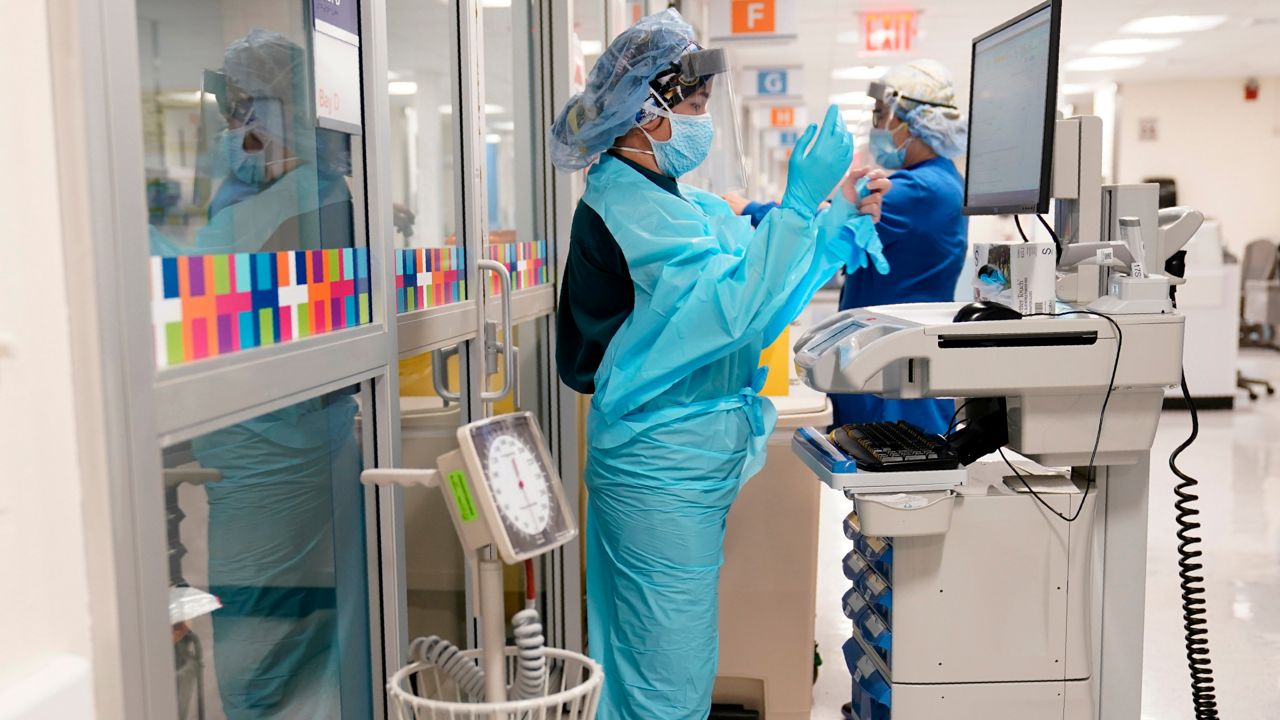As the city’s 7-day average coronavirus infection rate is 2.52%, hospitals report slight upticks in the number of admissions for the virus. The city reports 94 people admitted Wednesday, up from 92 the day before.
“We are ready to take care of the patients on Staten Island specifically and the downstate New York region as well,” said Dr. Brahim Ardolic, executive director of Northwell’s Staten Island University Hospital. The hospital is seeing a slight growth in COVID-19 patients.
Ardolic explains that surge capacity plans developed during the height of the first wave COVID-19 cases are helping the hospital system prepare for the second wave.
“The beauty of being in a system as large and as broad a scope as Northwell is that you really can move people to where they need to be, move providers, move patients, move resources. So I really have no concerns in terms of PPE, ventilators, equipment,” he said.
Dr. Teresa Amato, chief of emergency medicine at Northwell’s LIJ Forest Hills, echoes the confidence in preparedness. She says the hospital, located in what was once the epicenter of the outbreak, has about a 6-month supply of PPE on hand. The hospital is also seeing a slight uptick in COVID-related admissions, too.
“We’ve had a few people who’ve mentioned they were at a Halloween party or some kind of event, so we are definitely seeing, when we start to see people congregate in large groups, we are seeing outbreaks,” she said.
The doctors agree it seems people who are contracting COVID-19 now are not getting as sick as people who contracted the disease in the spring. One theory, Amato suggests, is that the coronavirus mutated and is not as virulent as it was.
Ardolic adds that healthcare providers are generally getting better at treating people with the virus and have more therapies at their disposal.
“If you were treated for COVID early on, you might have received some high flow oxygen possibly and then you were put on a respirator because earlier on we really didn’t have a lot of guidance on how these people were treated,” he explained.
“Compare that to now. If you come in with COVID, you will likely get high flow oxygen, you will likely get remdesivir, you will likely get steroids, placed on anti coagulation medication. The level of therapy and the amount of treatment options we have is very different,” Ardolic said.
These factors combined, that it seems patients are not as sick as they were earlier with access to better therapies and ability to increase capacity, give the doctors confidence that they will be able to meet an increased demand on the hospital system during a second wave.



